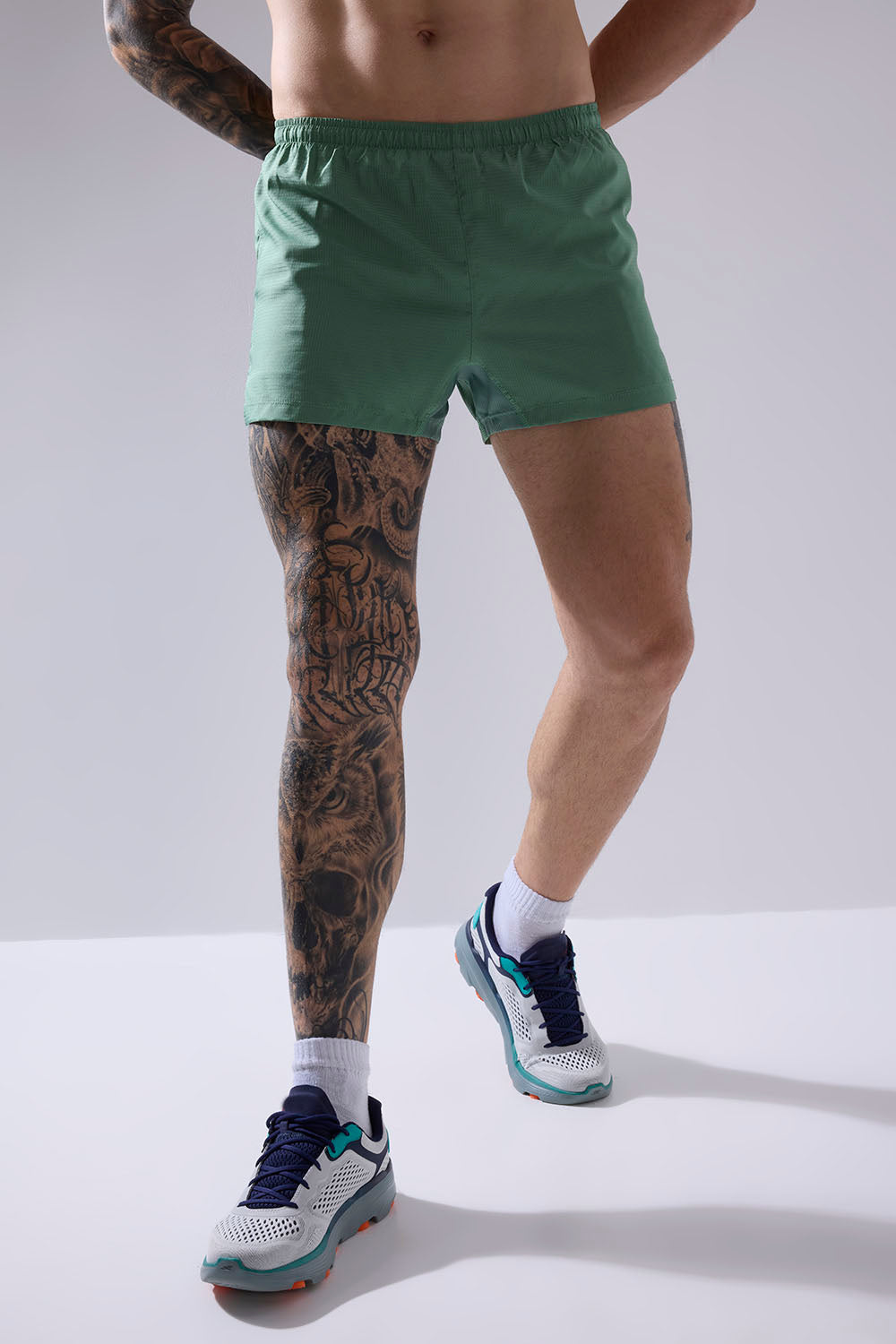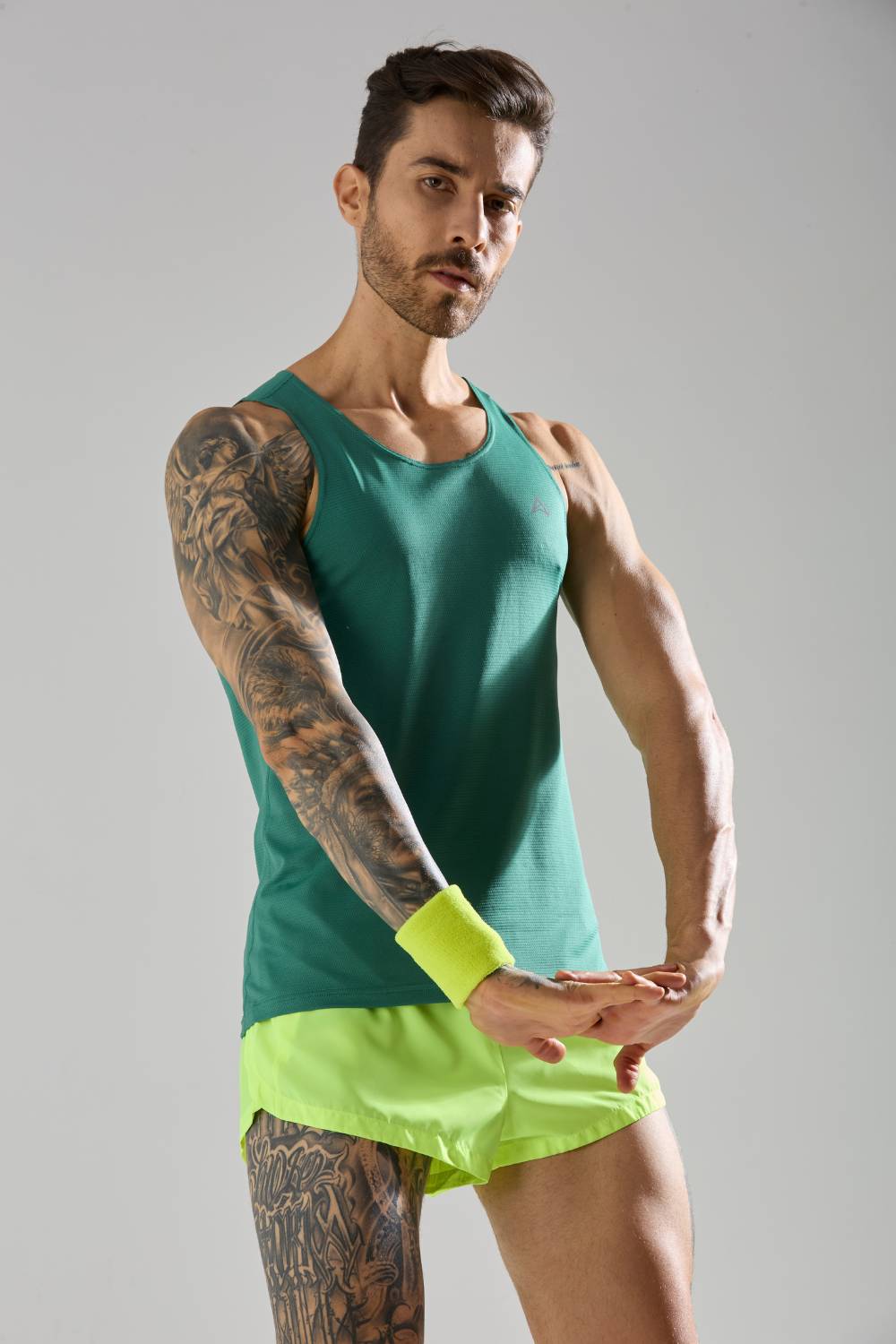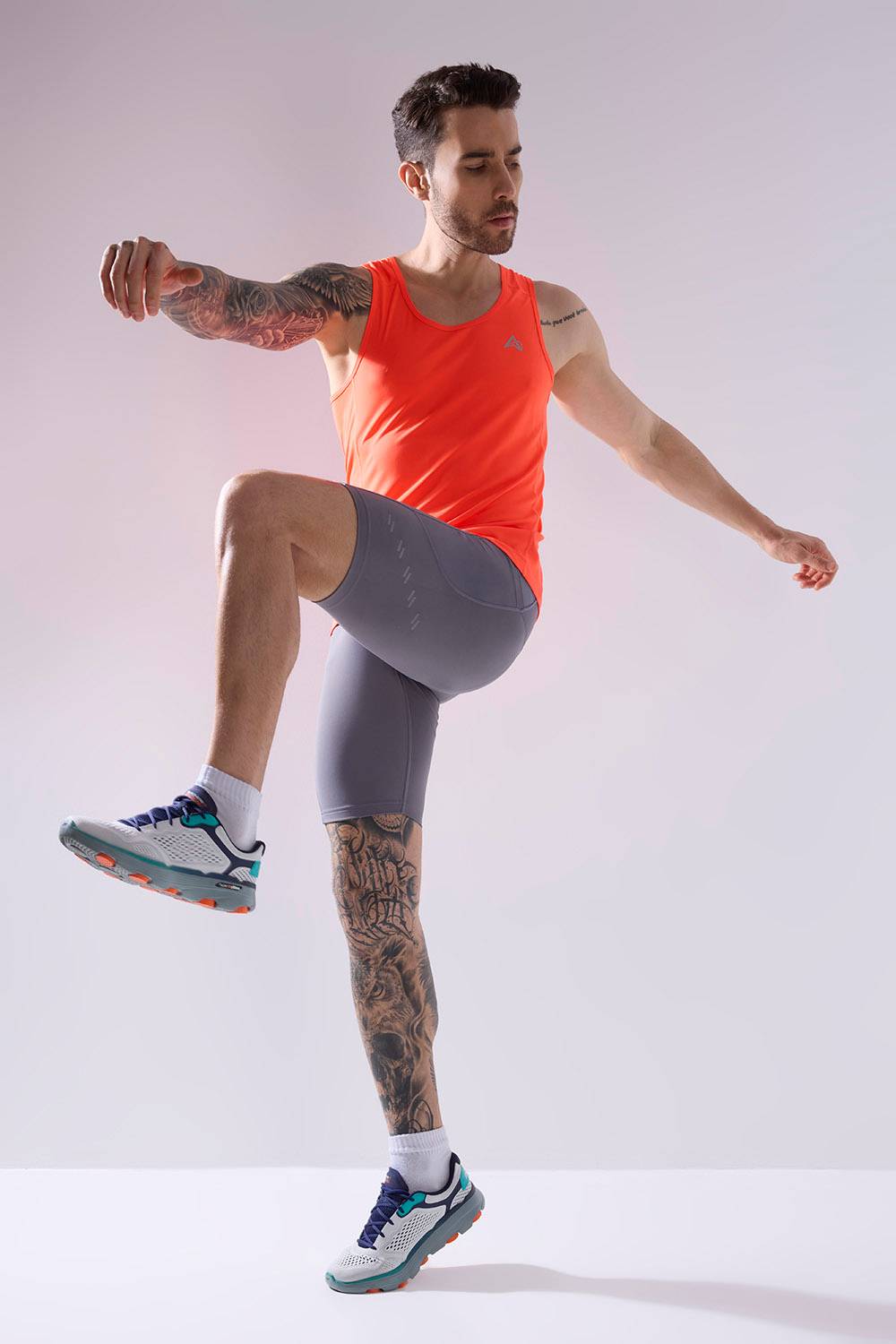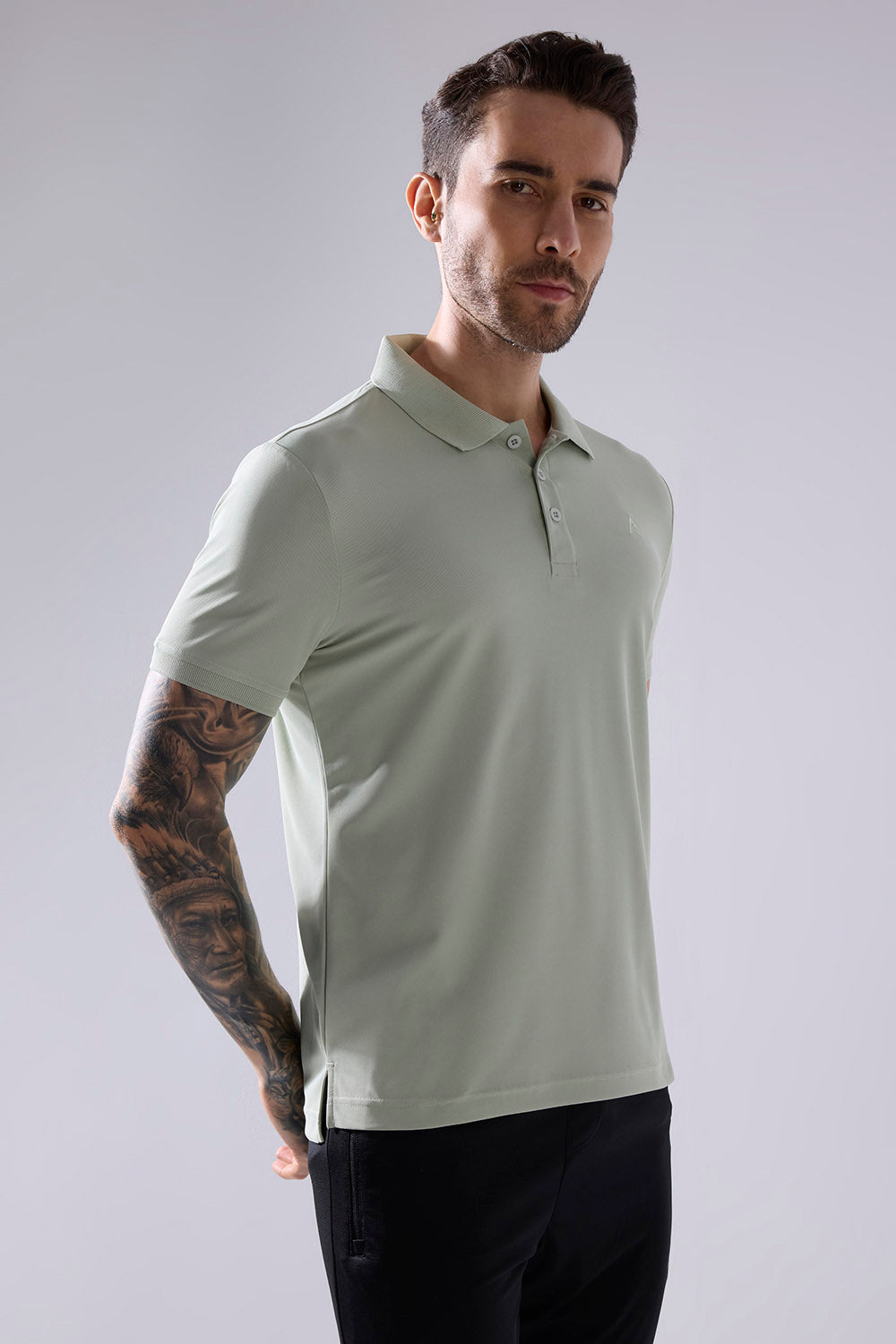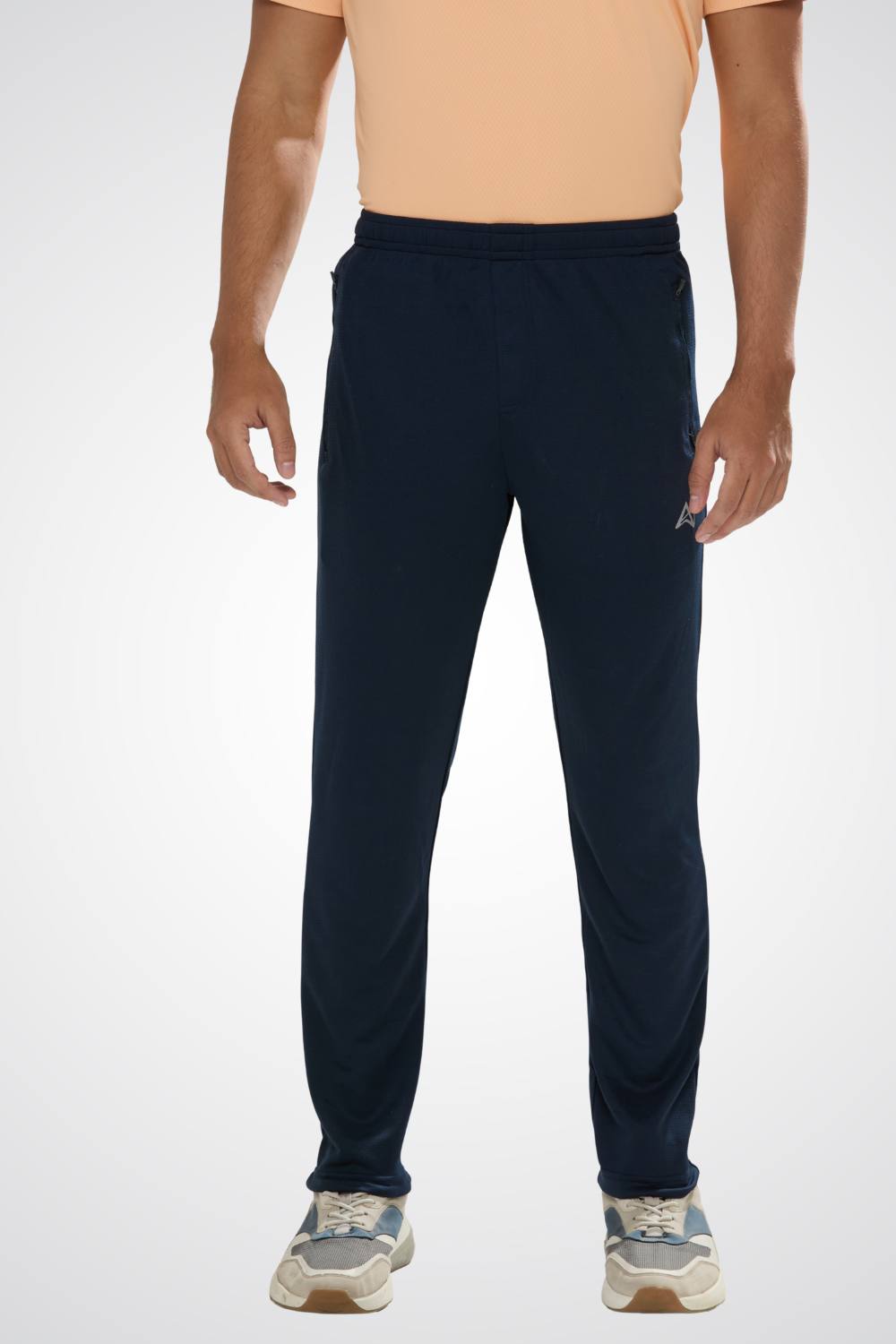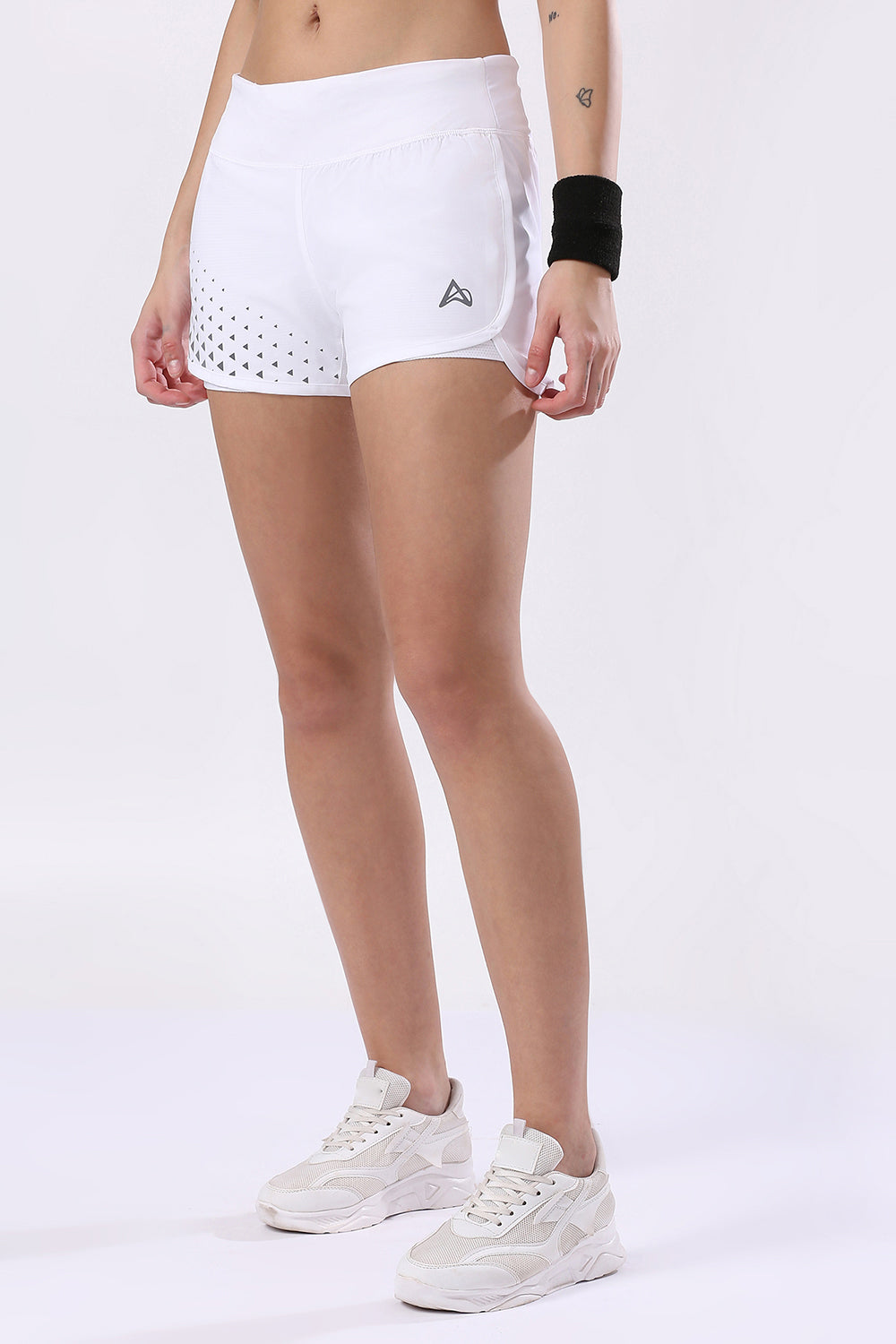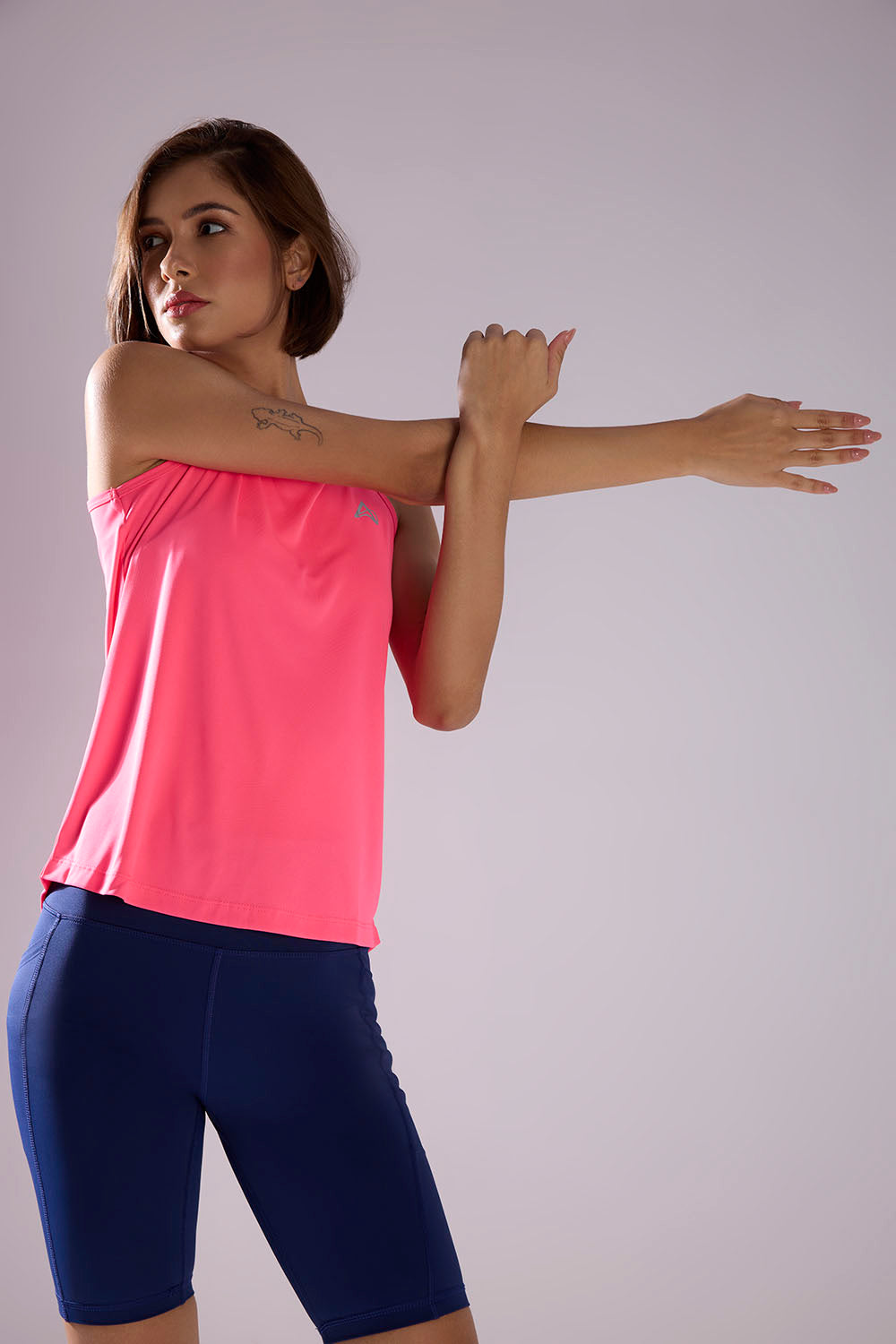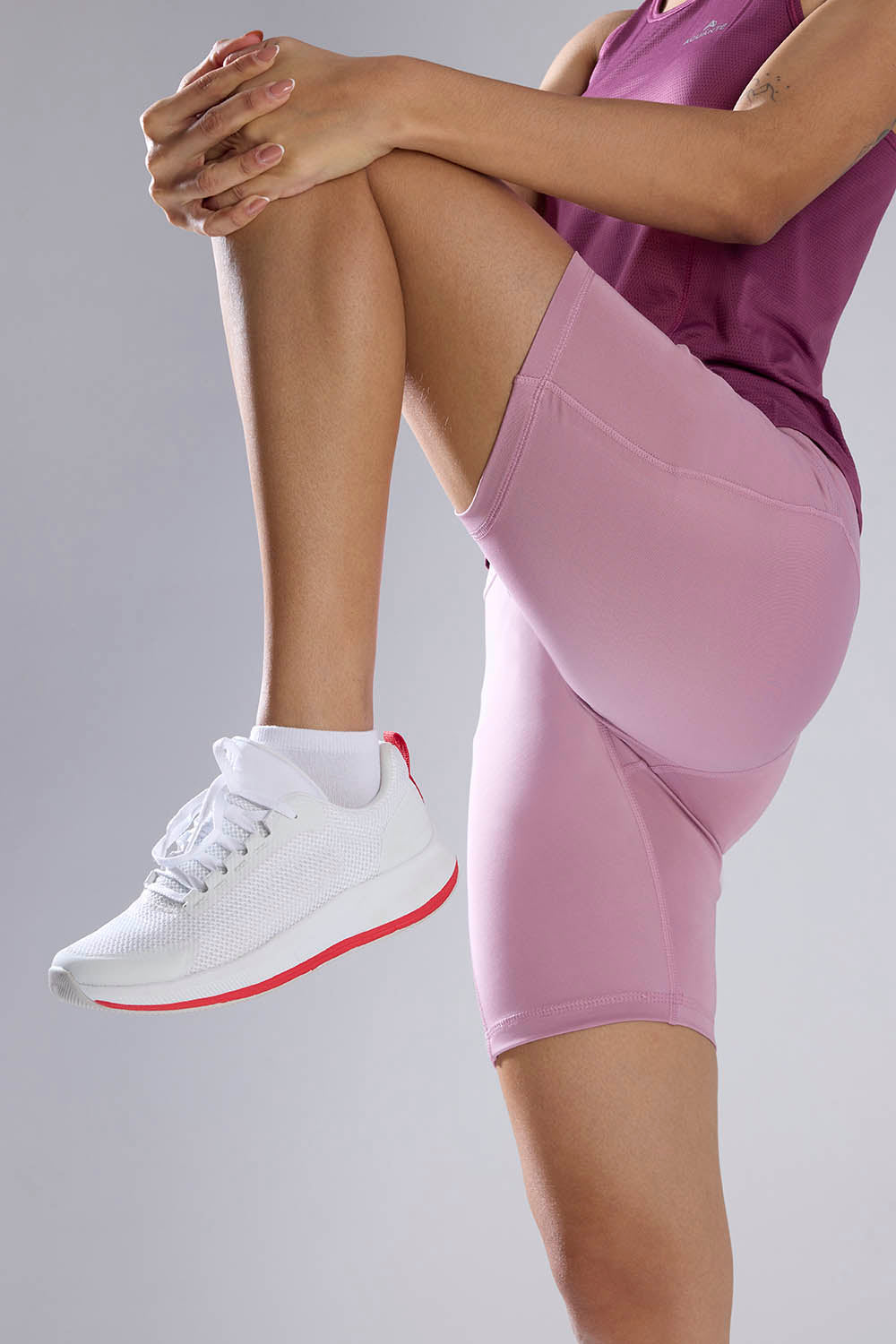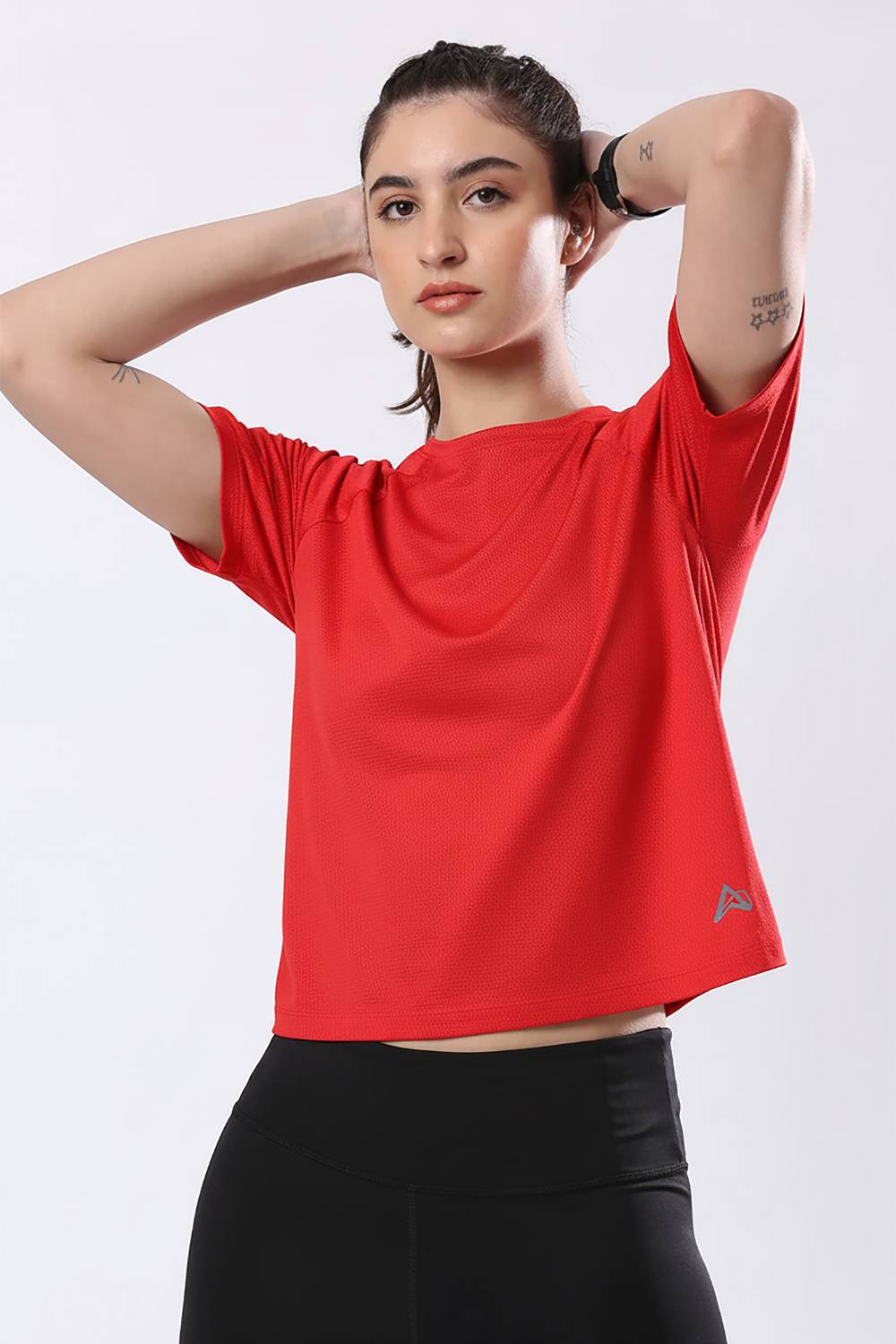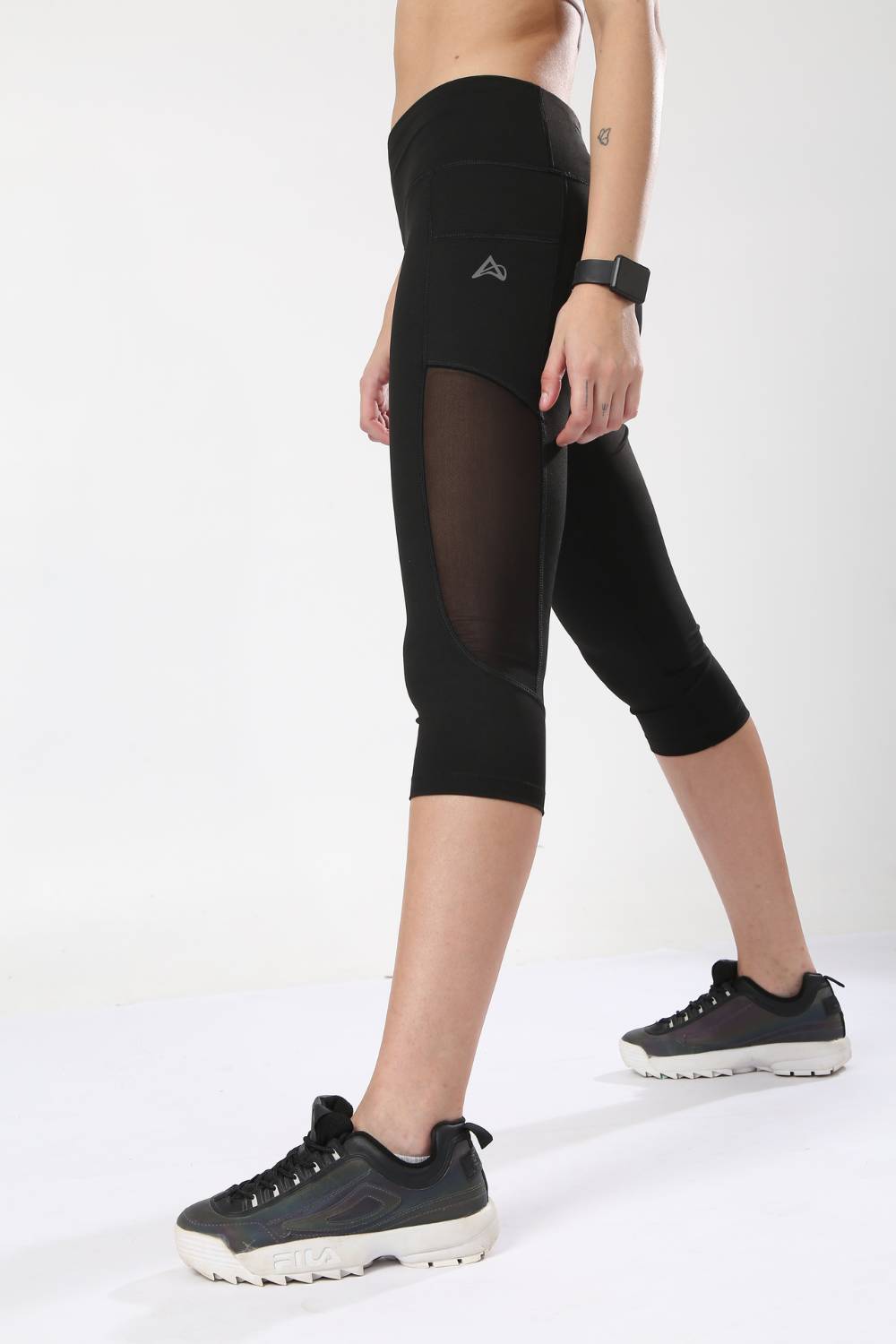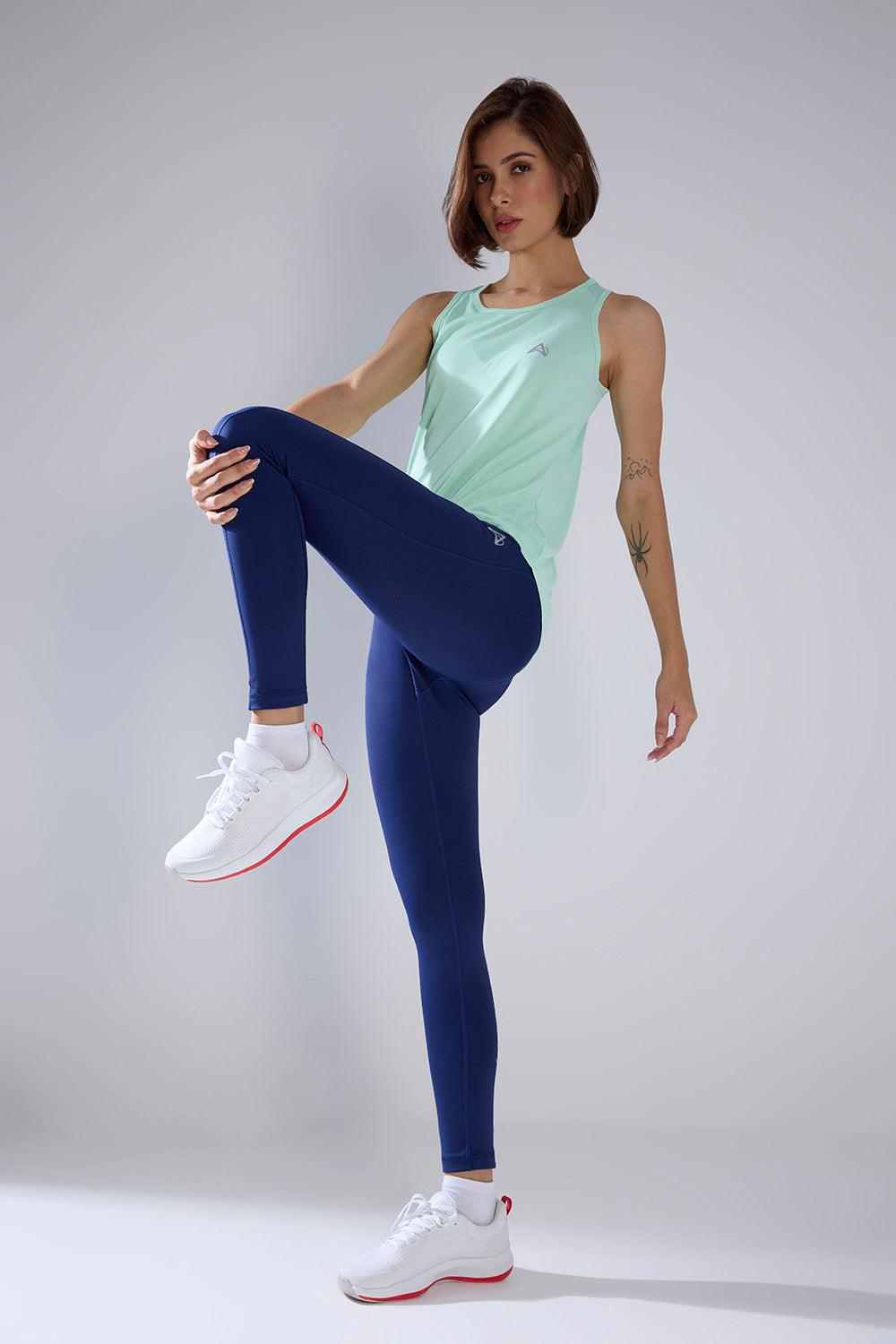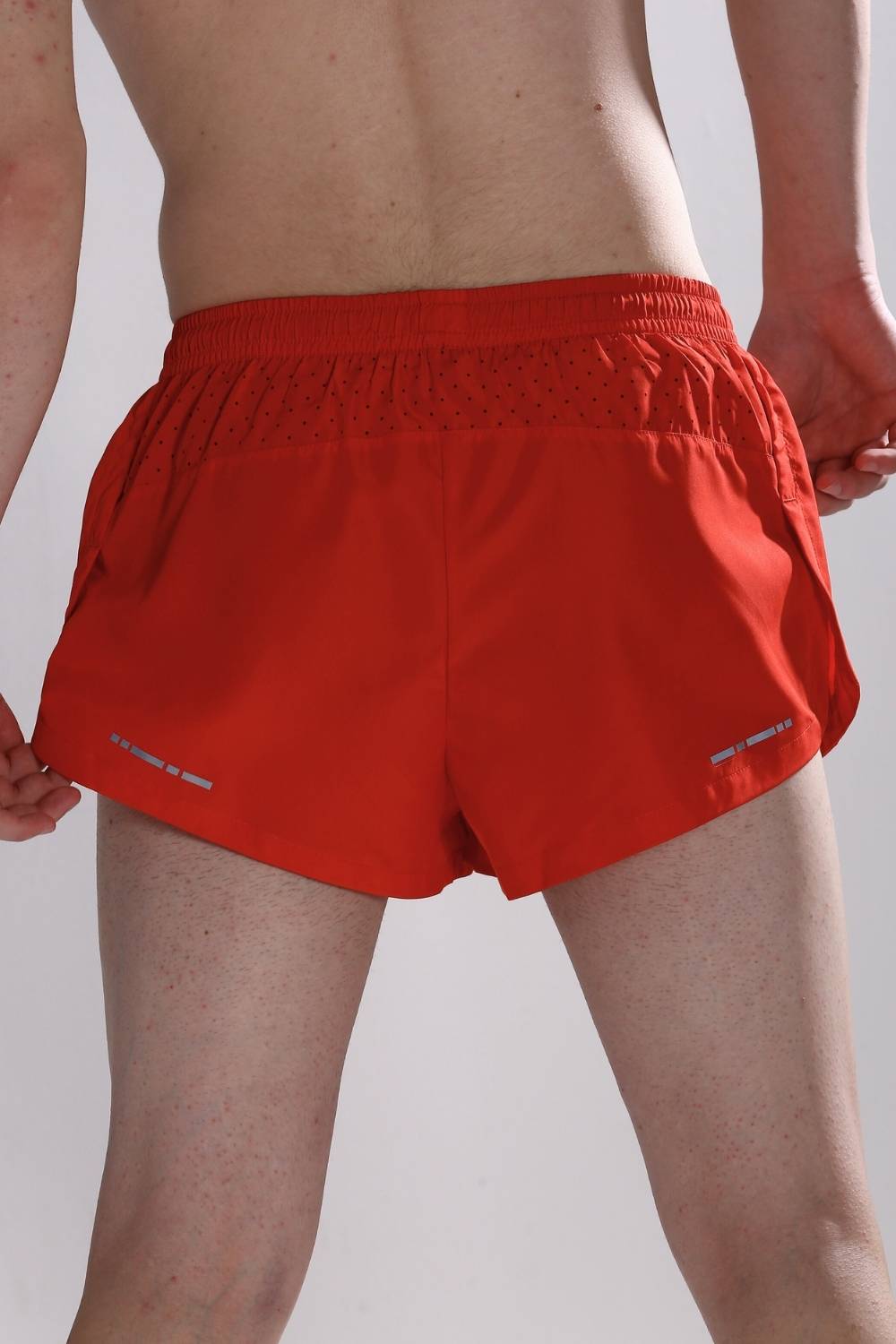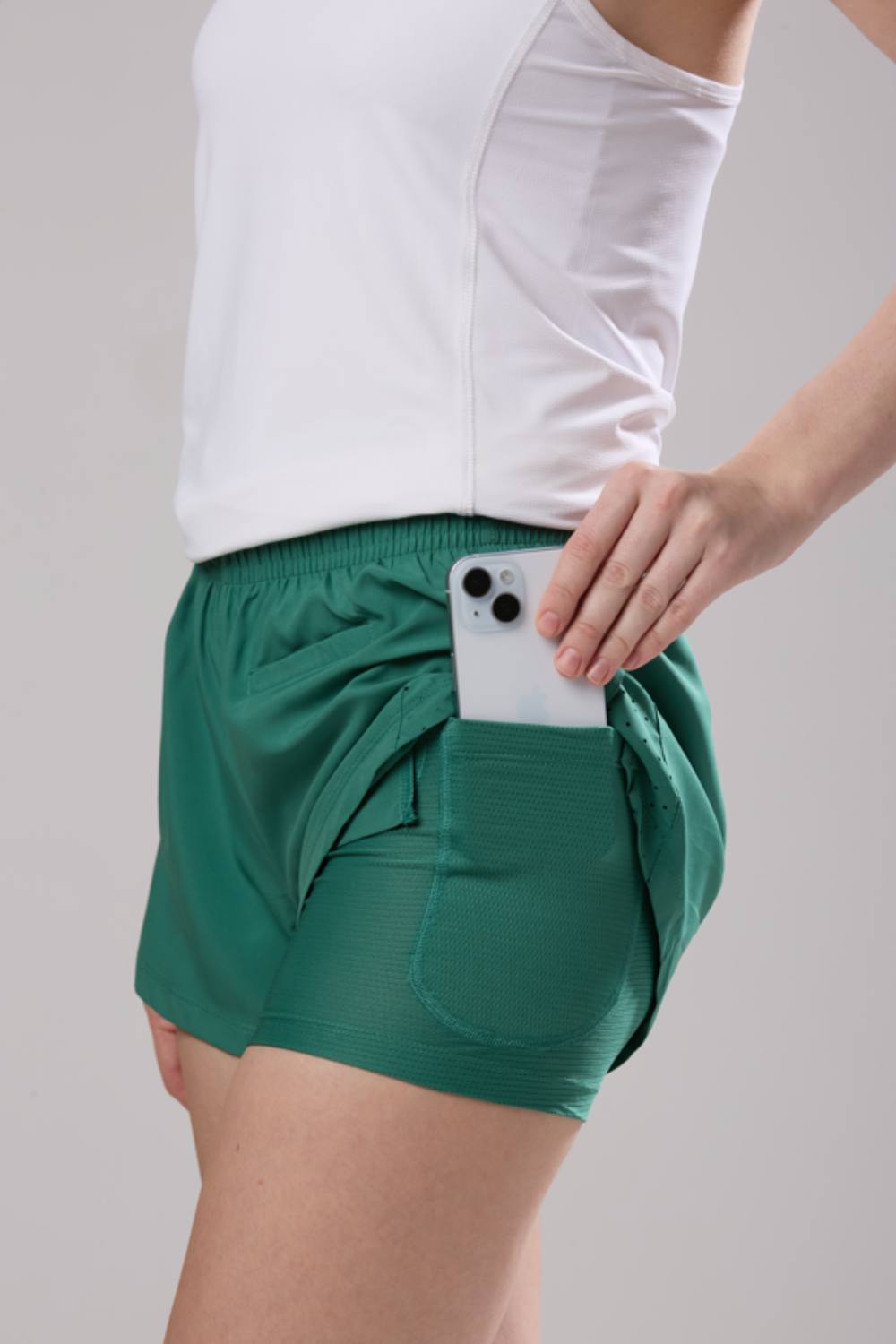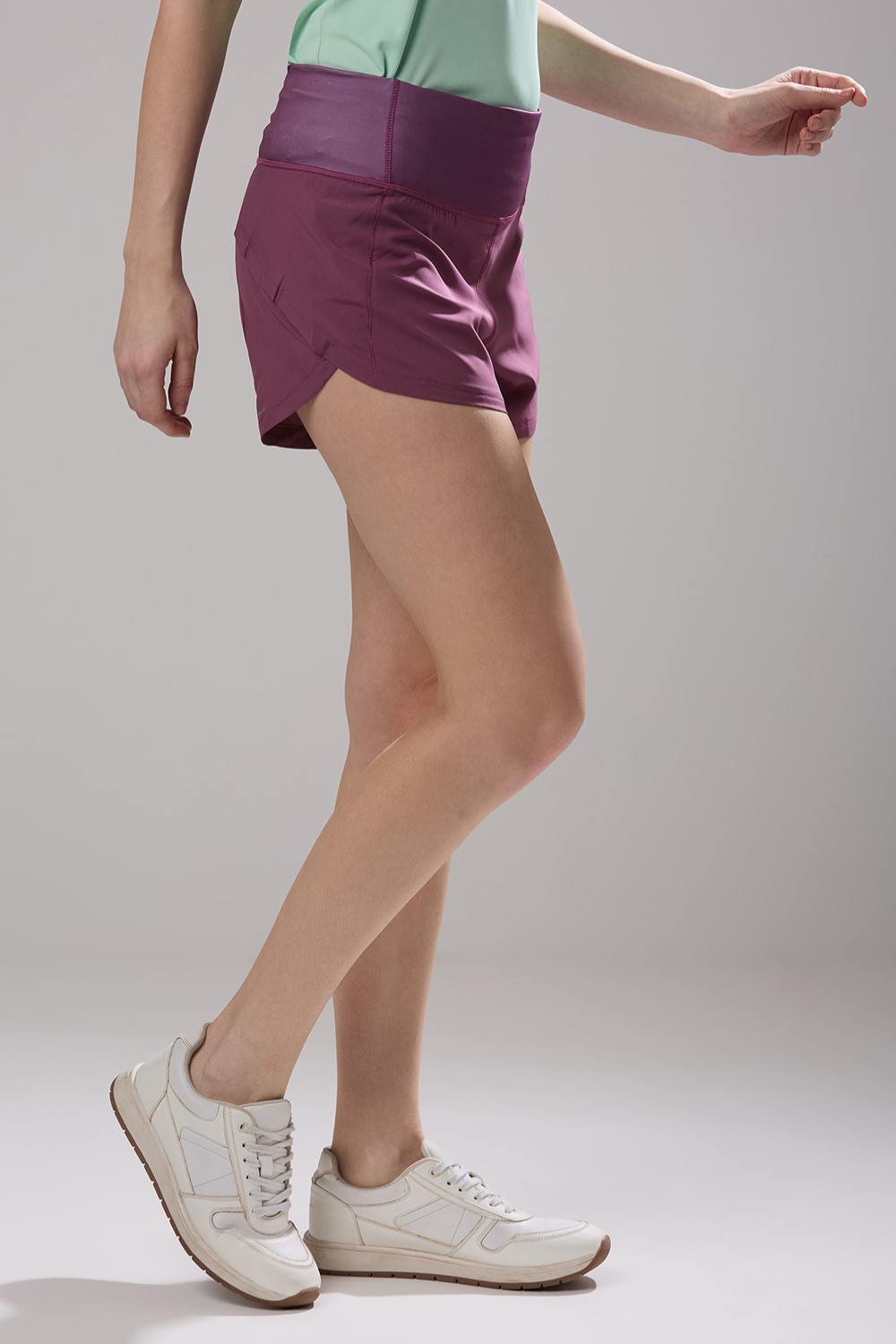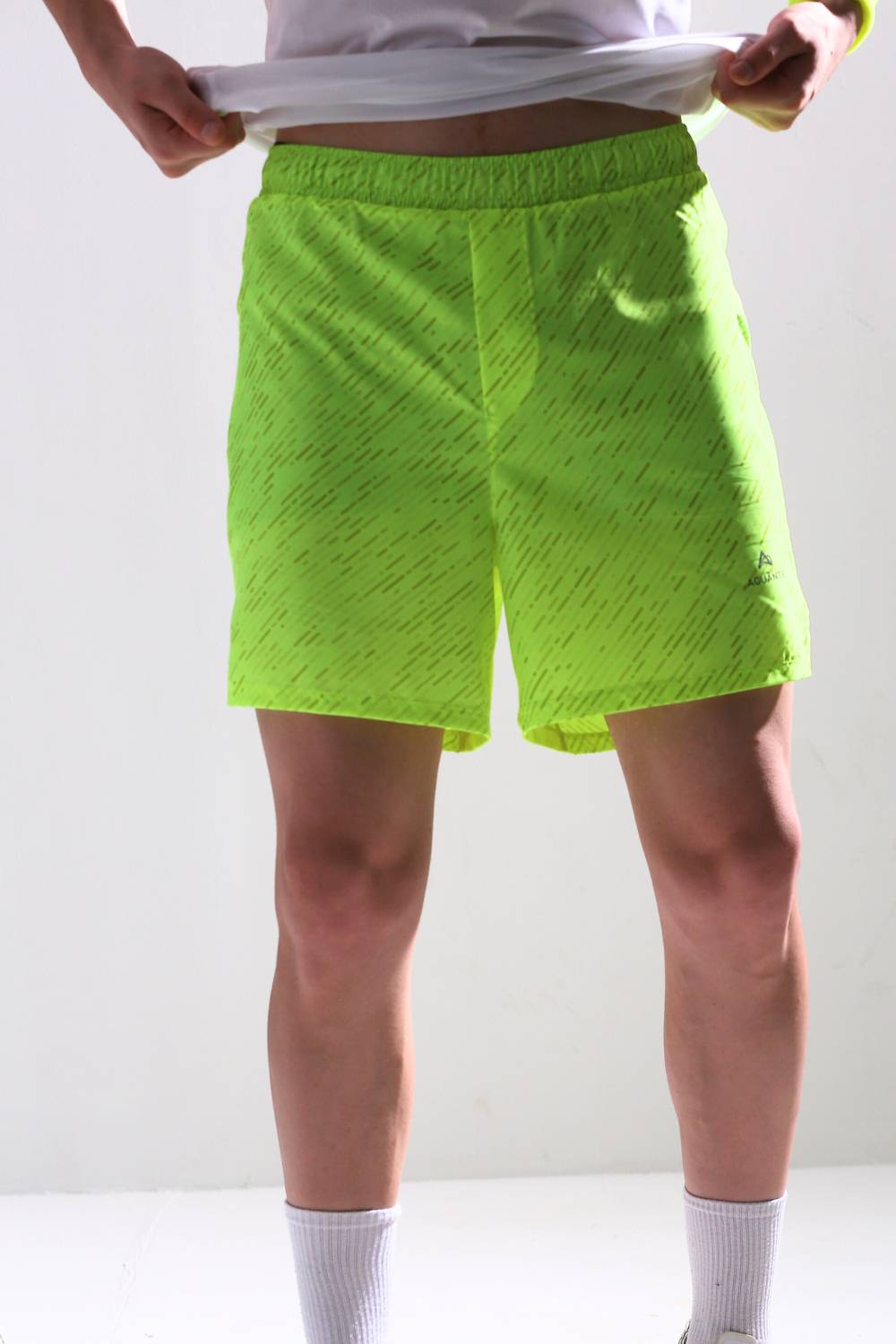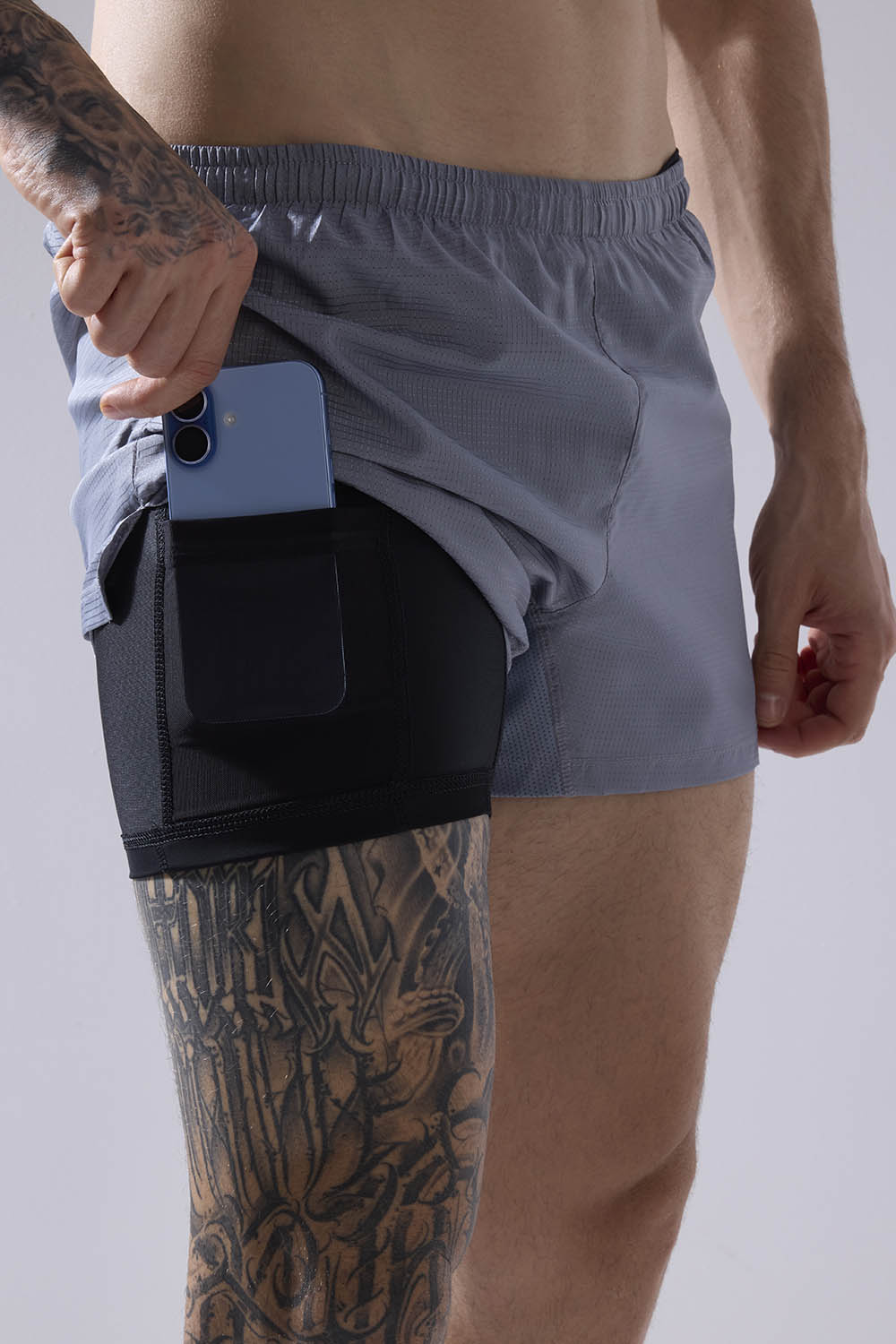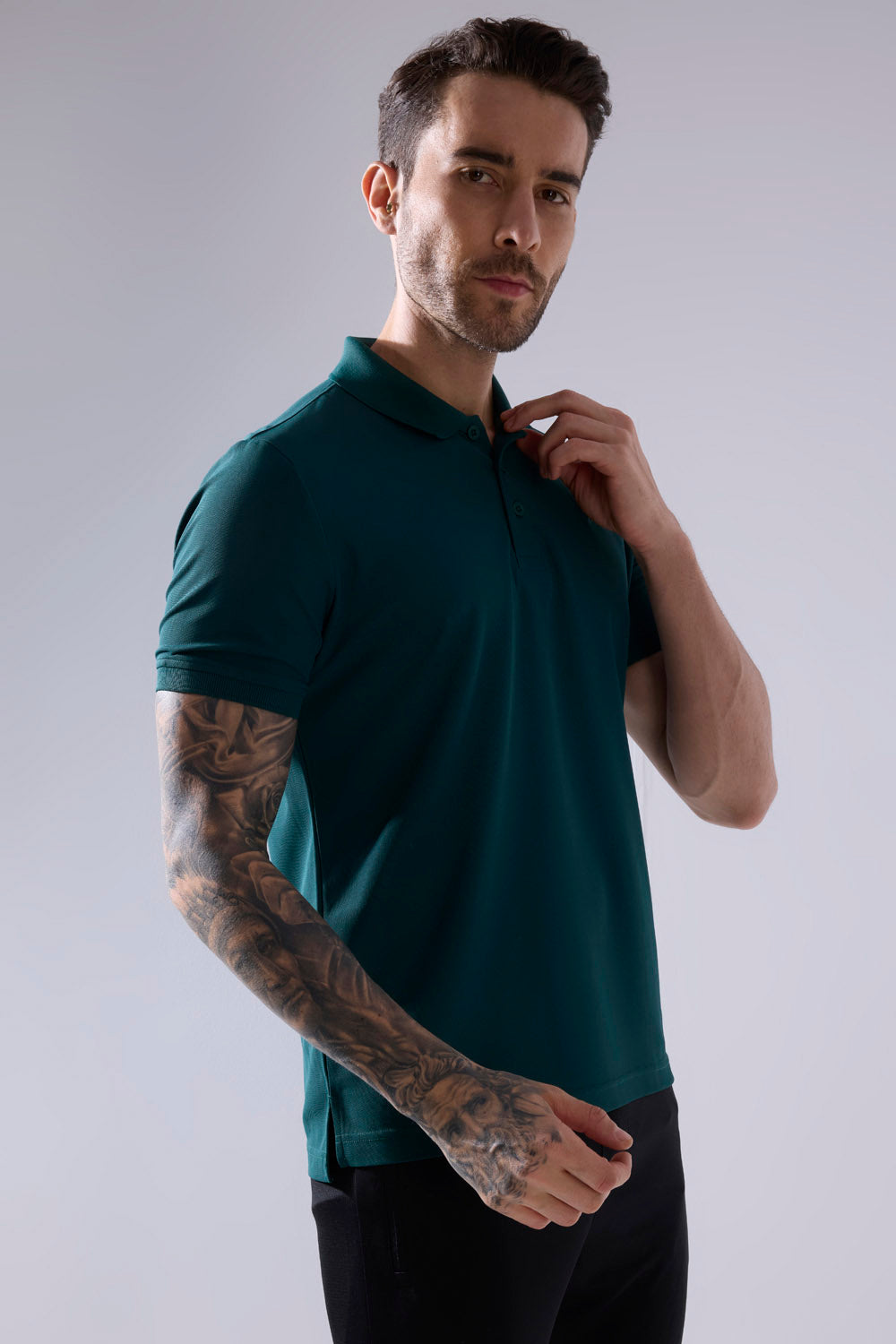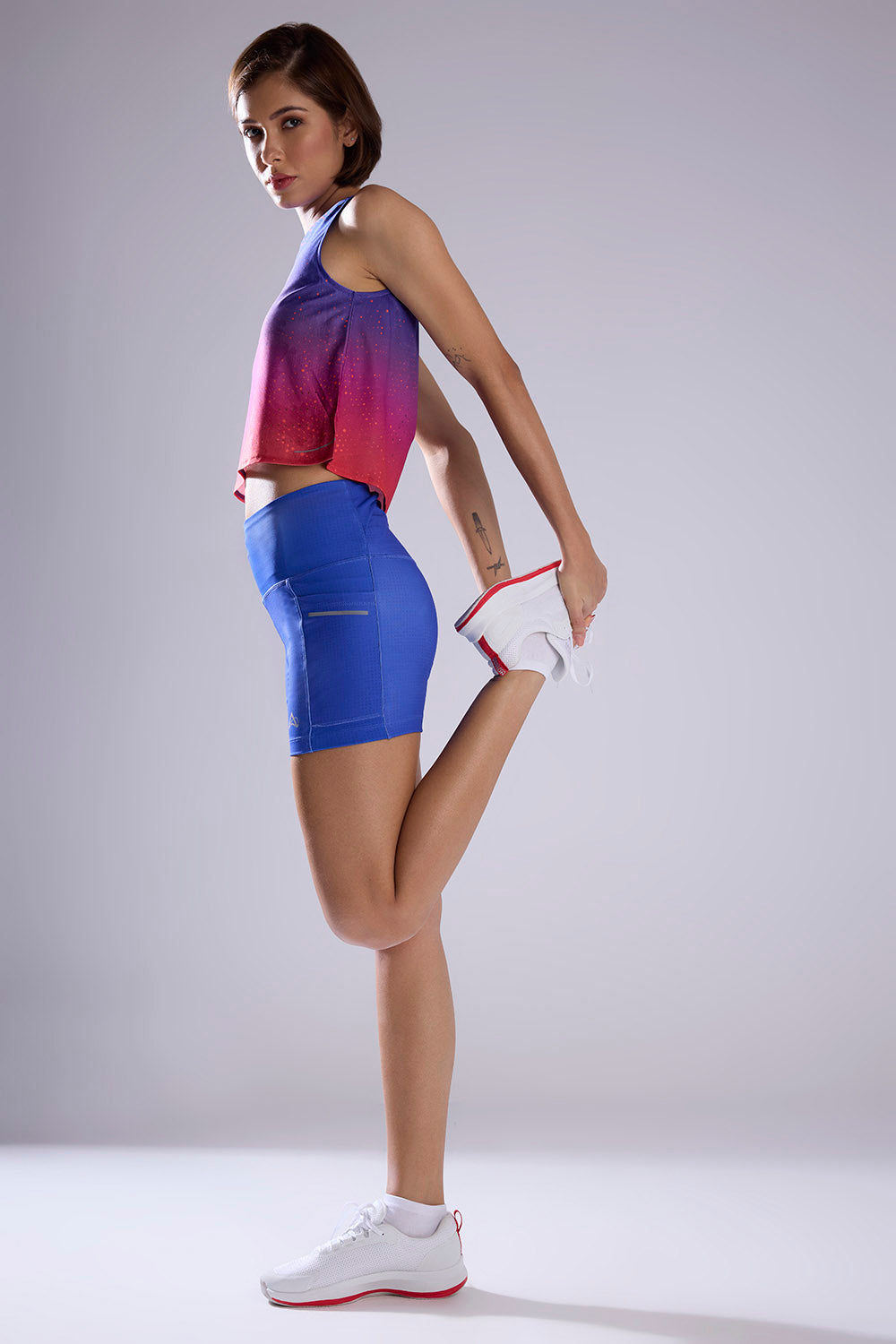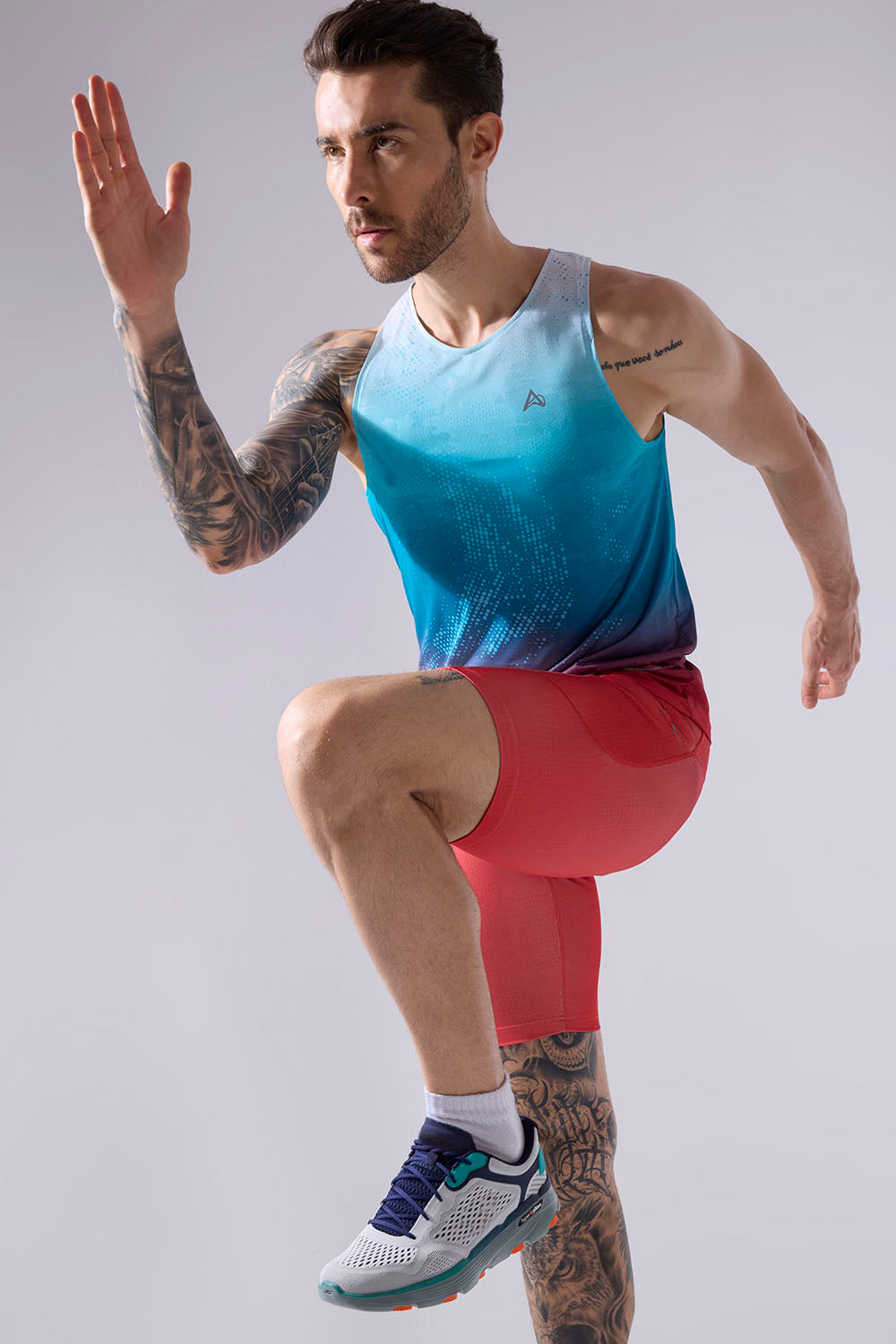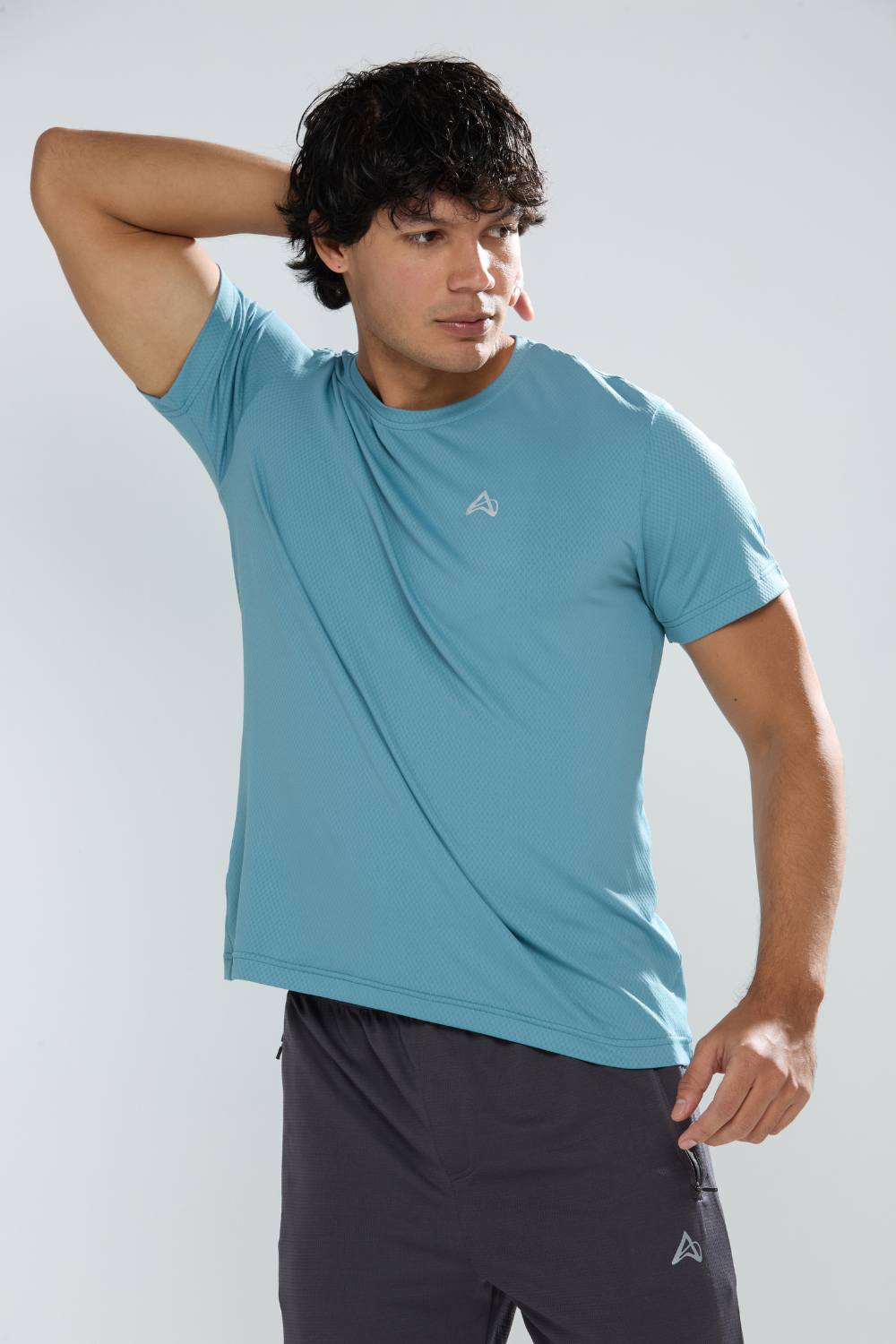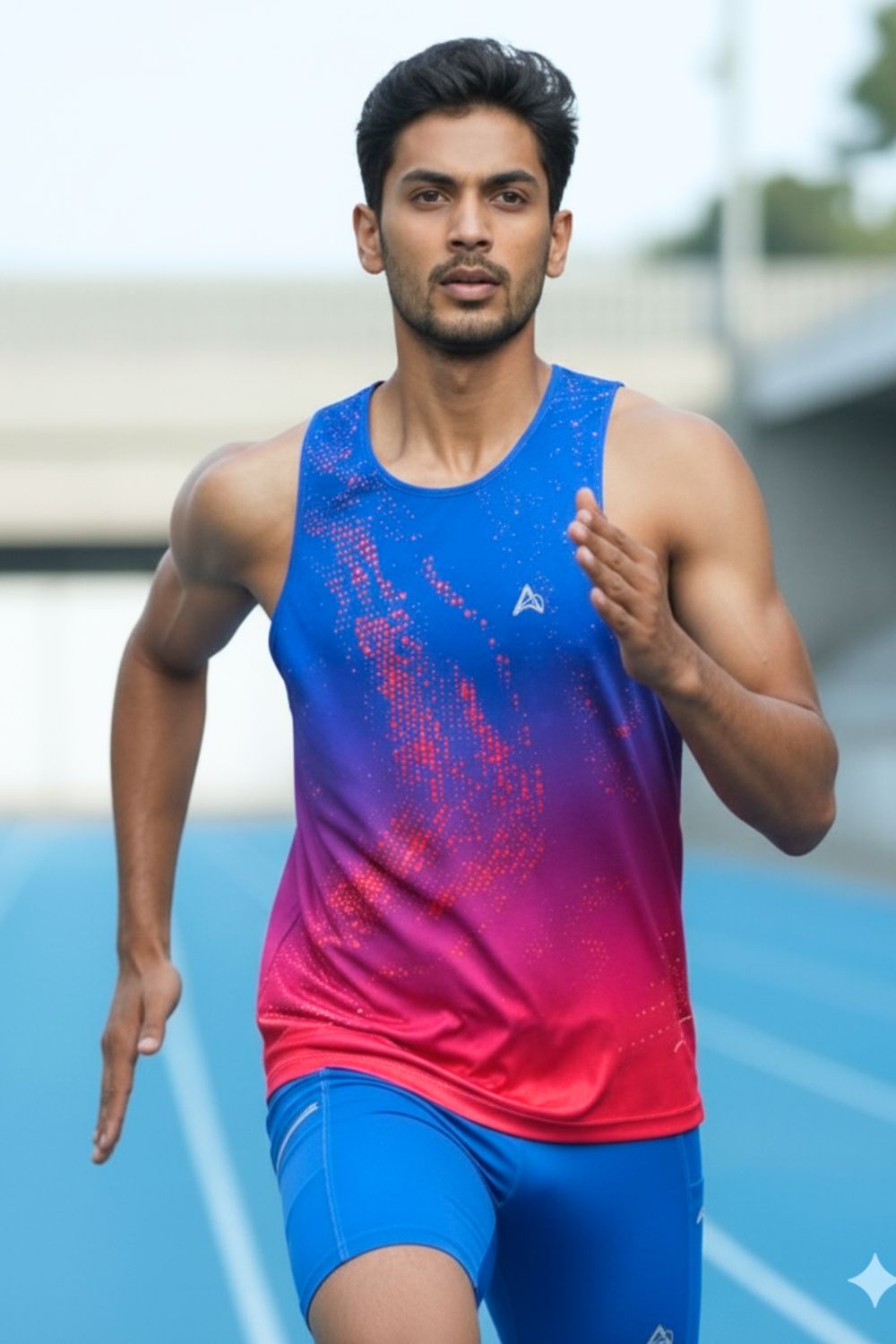Imagine the steamy dawn in Bangalore's Cubbon Park, where dedicated runners navigate misty trails under a relentless sun. Here, amidst the rhythmic footfalls and labored breaths, a transformative movement is taking shape one that marries athletic prowess with environmental stewardship. This evolution is captivating India's fitness community, fusing stamina with sustainability in a manner that's both pressing and invigorating.
Tired of gear that slows you down? Chafing, soggy fabrics, and missing pockets kill your run's momentum. At Aguante, we're runners who get it. Our high-performance activewear features moisture-wicking fabrics, ergonomic designs, and smart storage to keep you focused. Shop Now!
Emerging Trends in Sustainable Activewear
India's activewear sector is experiencing robust expansion, with sustainability emerging as a core pillar. The India activewear market reached USD 10.20 million in 2024 and is anticipated to ascend to USD 16.60 million by 2033, advancing at a compound annual growth rate of 5.10% from 2025 to 2033. This progression is propelled by heightened health awareness, the proliferation of online retail channels, and the athleisure phenomenon that blurs the lines between sportswear and casual attire. Endorsements from celebrities and influencers further amplify demand, influencing consumer tastes and elevating brand prominence, positioning activewear as a go-to for exercise and daily life alike.
The surge in e-commerce platforms plays a pivotal role, offering unparalleled access and ease for shoppers. India's e-commerce landscape is poised to expand to US$ 325 billion by 2030, facilitating features like discounts, cashback, and hassle-free returns. Innovations such as AI-powered suggestions and social commerce integration are enhancing the shopping experience, making it simpler for consumers in cities like Mumbai or Hyderabad to acquire specialized running gear.
Delving deeper into athleisure, the figures are particularly striking. The India athleisure market was valued at 35.71 USD million in 2023, projected to rise from 39.29 USD million in 2024 to 114.0 USD million by 2035, with a CAGR of 10.168% spanning 2025 to 2035. Urban fitness participation is soaring, with about 60% of city-dwelling adults engaging in physical activities, bolstered by over 15,000 new gyms established in recent years and government initiatives promoting wellness. The e-commerce boom, from 84 billion USD in 2021 to an expected 200 billion USD by 2026, coupled with 900 million smartphone users, is democratizing access to products like yoga pants and sneakers.
Celebrity influence is unmistakable, with stars like Virat Kohli and Kareena Kapoor Khan partnering with brands to sway purchasing behaviors around 60% of consumers cite social media as a key factor in their decisions. Trends include the fusion of traditional Indian elements with contemporary designs, especially in women's athleisure, and a pivot toward eco-friendly materials amid global sustainability pushes.
The sustainable athleisure segment stands out for its dynamism. The India sustainable athleisure market achieved USD 3,127.0 million in revenue during 2023, forecasted to hit USD 7,088.0 million by 2030, growing at a 12.4% CAGR from 2024 onward. Mass-market products led with a 67.23% revenue share in 2023, while the premium category is accelerating fastest. India represents 3.8% of the global sustainable athleisure revenue and is the quickest-expanding market in the Asia Pacific region.
Local manufacturers dominate, utilizing materials such as recycled nylon and organic cotton to meet rising demand. Partnerships, like Satva's 2019 collaboration with Suminter India Organics for certified organic supplies, exemplify how domestic brands are enhancing product variety and sustainability. This isn't merely a trend; it's a response to necessity, with fabrics engineered for India's challenging climates moisture-wicking for Hyderabad's humidity or breathable for Mumbai's seaside jogs. Innovations encompass organic cotton mixes, recycled polyester, and plant-derived dyes, ensuring durability across varied landscapes from Pune's undulating hills to Delhi's bustling streets.
Real-World Examples and Case Studies
Consider Aguante, a homegrown activewear label founded in 2018, designed by runners for runners. Their collection features high-performance items like men's and women's running shorts, singlets, tank tops, half-tights, and t-shirts, all optimized for India's demanding running environments. Fabrics that efficiently manage sweat suit humid outings in Surat, while ergonomic designs and anti-chafing features minimize interruptions on extended paths in Ahmedabad. Secure, bounce-free pockets and reflective accents boost functionality and safety during predawn runs in Gurugram or twilight sessions in Navi Mumbai.
Aguante distinguishes itself by eschewing generic fitness apparel. Each item is meticulously engineered for India's thermal extremes, moisture-laden air, and erratic surfaces, incorporating runner-centric elements like advanced ventilation and precise tailoring validated by actual athletes. Sustainability is integral, embedded via eco-sensitive materials that uphold top-tier performance. Sold through Myntra and Amazon marketplaces, with nationwide free delivery, secure transactions, and a 14-day return window, Aguante simplifies responsible purchasing. Rooted in principles of ingenuity, honesty, and societal accountability, the brand inspires long-distance athletes to elevate their experiences.
Extending the lens, Patagonia exemplifies sustainable excellence, advocating for ethical production with recycled components in their athletic lines and initiatives to curb waste. These strategies not only mitigate ecological harm but also cultivate devoted followings among environmentally attuned runners. In India, social media influencers amplify this narrative; profiles like barefoot coach Shanth Koushik or Runholic Dev on Instagram promote green alternatives, frequently highlighting aligned brands. Across Instagram, Facebook, and YouTube, figures including coach Amit Kumar and Fit Kaur illustrate how indigenous innovations excel in local settings, from Bangalore's green spaces to Hyderabad's avenues.
Adidas offers another compelling instance, through their Parley for the Oceans initiative, repurposing ocean plastic into superior textiles. This appeals strongly to urban runners in Mumbai and Pune pursuing planetary-friendly options. Such approaches demonstrate that sustainability enhances rather than hinders, yielding resilient garments that endure longer and excel, while tackling issues like plastic contamination. These examples underscore how brands are harmonizing performance with planetary care, fostering a cycle of innovation and consumer engagement.
Key Challenges and Limitations
Progress notwithstanding, obstacles persist. Affordability poses a significant barrier in India's cost-conscious market, where premium sustainable resources inflate prices, challenging brands to maintain fair pricing without quality compromises. In burgeoning fitness areas like Surat and Ahmedabad, where incomes fluctuate, informing buyers about the value of investing in eco-running tees is essential for adoption.
Supply chain intricacies compound matters. Procuring degradable textiles and upholding fair labor standards during expansion is arduous, particularly for emerging entities. Humid production zones, such as Mumbai, can impair material quality due to environmental factors. Consumer awareness remains a gap; many prioritize instant ease over enduring ecological gains, necessitating targeted communications via Instagram to foster understanding and shift priorities.
Additionally, scaling ethical practices demands investment in traceability and certifications, which can strain resources. Regulatory hurdles around sustainable claims add scrutiny, requiring brands to substantiate their eco-credentials rigorously to avoid greenwashing accusations.
Opportunities, Efficiencies, and Business Impacts
These hurdles, however, unveil avenues for advancement. As fitness fervor intensifies in metropolises Bangalore's professionals streaming to tracks, Delhiites flocking to marathons the appetite for sustainable running attire escalates. Indigenous labels like Aguante are primed to capitalize, delivering gear attuned to local physiques and routes at competitive rates against global giants. E-commerce's ascent enables seamless outreach to Pune and Gurugram audiences, with tailored suggestions boosting conversions.
Embracing green strategies yields commercial advantages, enhancing reputation and nurturing allegiance in a socially amplified demographic. Influencer nods, such as Rajesh Parida's on Instagram, can surge exposure, converting casual viewers into loyal patrons. For Aguante, this translates to operational gains: durable products curtail refunds, while principled operations draw collaborators and skilled workers. Broadly, it spurs expansion the burgeoning sustainable athleisure arena fosters employment and invigorates India's apparel industry.
Opportunities also lie in segmentation: targeting age groups from youth to seniors, or materials like neoprene for specialized needs. Leveraging e-commerce's projected growth to 325 billion USD by 2030 allows for data-driven inventory and marketing, optimizing efficiencies. Moreover, integrating tech like smart fabrics could differentiate offerings, aligning with India's digital-savvy consumers.
Conclusion and Expert Insights
Looking forward, sustainable activewear in India promises a vibrant, verdant trajectory. Analysts foresee sustained momentum, underscored by the 12.4% CAGR, heralding a pivot to mindful selections that preserve efficacy. Over the coming decade, anticipate breakthroughs in bio-engineered textiles suited to regional weathers and enhanced tech for bespoke sizing.
Runners are advised to select marques like Aguante, merging elite functionality with eco-integrity, amplifying journeys while minimizing footprints. Brands ought to emphasize openness narrating supply origins on YouTube or Facebook and synchronize with buyer ethics for enduring resonance.
In concluding this delve into the Sustainable Activewear Gains Ground in India: A New Era for Runners, bear in mind: each stride in apt attire transcends individual achievements; it contributes to a healthier planet, run by run.
Disclaimer: The above helpful resources content contains personal opinions and experiences. The information provided is for general knowledge and does not constitute professional advice.
You may also be interested in: Aguante - Activewear Clothing
Tired of gear that slows you down? Chafing, soggy fabrics, and missing pockets kill your run's momentum. At Aguante, we're runners who get it. Our high-performance activewear features moisture-wicking fabrics, ergonomic designs, and smart storage to keep you focused. Shop Now!
Powered by flareAI.co

